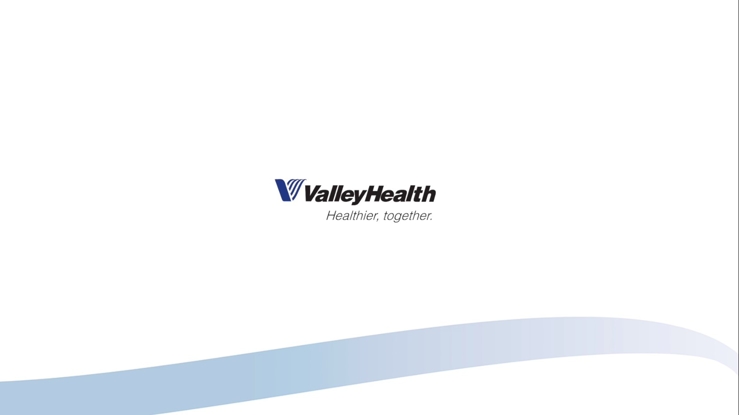Shedding Light on Brain Tumors
- Category: Cancer Care
- Posted On:

Valley Health neurosurgeons are deploying a first-of-its-kind imaging agent that lights up high-grade gliomas, making it possible to remove significantly more of this common and life-threatening brain cancer for better outcomes.
“We give Gleolan as an oral medication a few hours before surgery,” explains Joshua Prickett, DO, FACOS, of Valley Health Virginia Brain & Spine. “It makes the cancer cells glow bright pink. This allows a higher chance of removing all of the tumor, which carries with it better outcomes.”
Gliomas begin in the cells that nourish, insulate and support the brain. Fast-growing high-grade gliomas, including glioblastomas, are the most common malignant brain tumors in adults, according to the American Cancer Society. After a glioma is mapped with brain imaging, surgery is usually the first step in treatment. But under normal operating room lights, this cancer looks identical to normal brain tissue even when magnified by an operating microscope, Dr. Prickett says. It also sends tiny extensions of tumor deep into surrounding healthy tissue. Before Gleolan, this made the surgeon’s goal of removing a majority of the tumor especially challenging.
With Gleolan, “the difference is night and day,” Dr. Prickett says. Lit with a blue-light headlamp equipped with a special filter during surgery, the cancer shines pinkish-red while normal brain looks blue. “This allows our team to better differentiate tumor from surrounding brain tissue, which enables us to better preserve normal tissues while removing more of the tumor. This can improve the length of survival. One study demonstrated twice the rate of survival at six months without cancer progression with use of imaging agents for tumor removal.”
Gleolan, the only FDA-approved product for illuminating glioma, is a naturally occurring substance in plants and animals called 5-aminolevulinic acid. Because it temporarily increases photosensitivity, patients who receive it must avoid direct sunlight for the next 48 hours, Dr. Prickett says. Studied in over 100,000 people, it has minimal risk of side effects.
A board-certified neurosurgeon with expertise in neuro-oncology, Dr. Prickett first used Gleolan during his fellowship at Swedish Neuroscience Institute in Seattle. “When I came to Winchester, I helped organize training for its safe use with the manufacturer, the hospital staff, and our pharmacists,” he says. “We are one of only a few facilities in the region to use this technology. Our team has used Gleolan on several patients thus far with good results and a better resection than we could have achieved without these tools.”
_
Visit valleyhealthlink.com/neuro to learn more.


